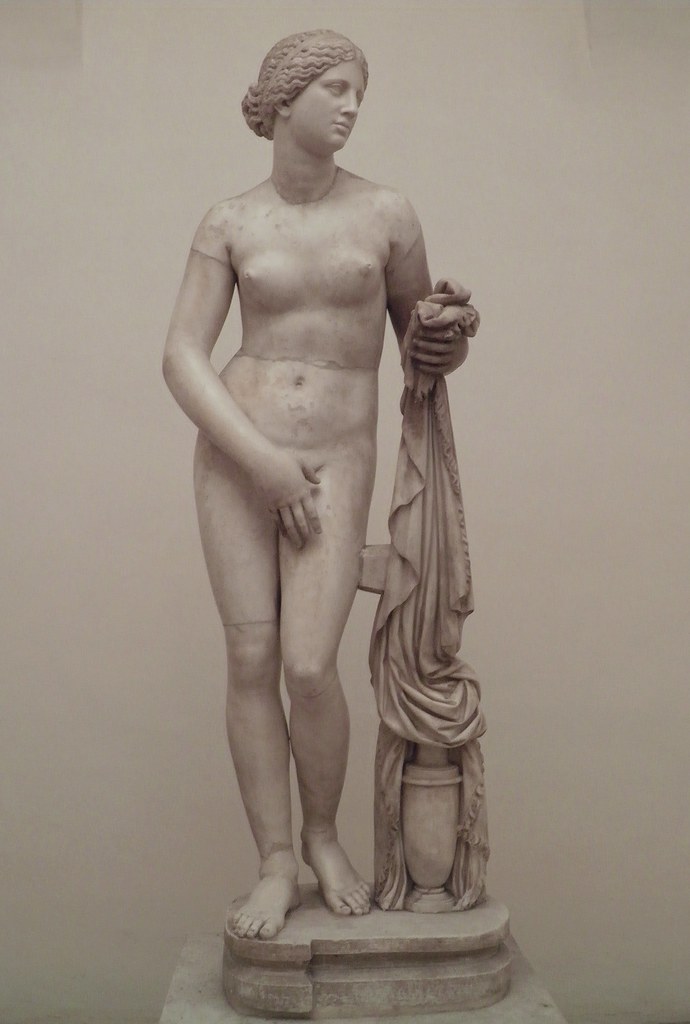| Photo credit: Pinterest |
Gutenberg’s Printing Press is arguably the most revolutionary invention of all time, simply because of the impact it had on history. Just think- if not for the invention of the printing press, we might all be Catholics right now. You definitely wouldn’t be reading this right now if not for Johannes Gutenberg. However, as amazing as the printing press was, it definitely had some drawbacks to it, some of which we still suffer from today.
Plough Boys and Bibles
With the printing press, material could be mass produced and distributed to pretty much anyone all over the world! The issue was no longer about the resources available, it was now about language! The Bible could be printed and sent all over Europe, but if it was in Latin, a very small percentage of people would be able to read it. Therefore, at this time, printers started to become much less concerned about how the material looked. It became a matter of practicality to make things as simple as possible. For example, during the Reformation, it wouldn’t do any good for Martin Luther to print anti- Catholic propaganda in Latin. Only the Catholic priests would be able to read it! The printing press introduced a much larger audience and in turn, required authors and printers to begin “dumbing down” their content so their wider audience could comprehend it.
It was also matter of practicality when printing large numbers of books to forego the beautiful lettering and pictures that had previously characterized handwritten bibles. This was a wonderful thing because it made revolutionary ideas and beautiful concepts available to the general public, but it also began a dangerous trend that we experience today in the 21st century.
A Modern Day Communication Revolution
| Photo credit: Twitter |
In today’s world, we have again experienced an incredible communication revolution with the advent of computers, smartphones, and the Internet. In a matter of seconds, you can communicate with almost anyone around the globe. (Of course, if you are in a remote jungle in South America, it’s a little difficult to find cell service). The Internet makes it possible to communicate to a much wider audience than Johannes Gutenberg or Martin Luther could have ever dreamt in the 15th century. If any Christian (not just Catholics) of their time were to read a modern translation of the Bible, they would be absolutely mortified. As the years have passed, and our mode of communication has changed to incorporate a wider and wider audience, our communication skills have become less and less proficient. What started with an attempt to reach the lower classes in Europe has left the sprezzatura and flowery language of the Renaissance behind, where in today’s world, it seems to have no place. Today, the Internet has given rise to all different sorts of social media. For example, we have Twitter, which requires each user to keep their messages to less than 140 characters for the sake of brevity. What a contrast to the communication of earlier years, when the beauty of the prose was valued more than the efficiency of the communication.
The printing press completely changed the way people communicated in the 1400s. Today, in the 21st century, social media, (Twitter especially) has pushed us to communicate only the necessities. When was the last time you thought about aesthetics or prose when you posted something on Twitter? While we should always be grateful for these advances in communication given to us by Gutenberg, we should be careful to not forget the beauty and sprezzatura that was brought to our culture by the Renaissance.













.jpg/762px-Printing-press_-_Buchdruckerpresse_(2311719869).jpg)

 Throughout history, people have had many different ideas about what it means to be human. During the Dark Ages, the view commonly held by people was that man was evil by nature and incapable of being saved or doing good all on their own, at least that's what their priests and bishops were preaching to them. Basically, their "only chance of getting back to Heaven was in and through the Church" (
Throughout history, people have had many different ideas about what it means to be human. During the Dark Ages, the view commonly held by people was that man was evil by nature and incapable of being saved or doing good all on their own, at least that's what their priests and bishops were preaching to them. Basically, their "only chance of getting back to Heaven was in and through the Church" (
